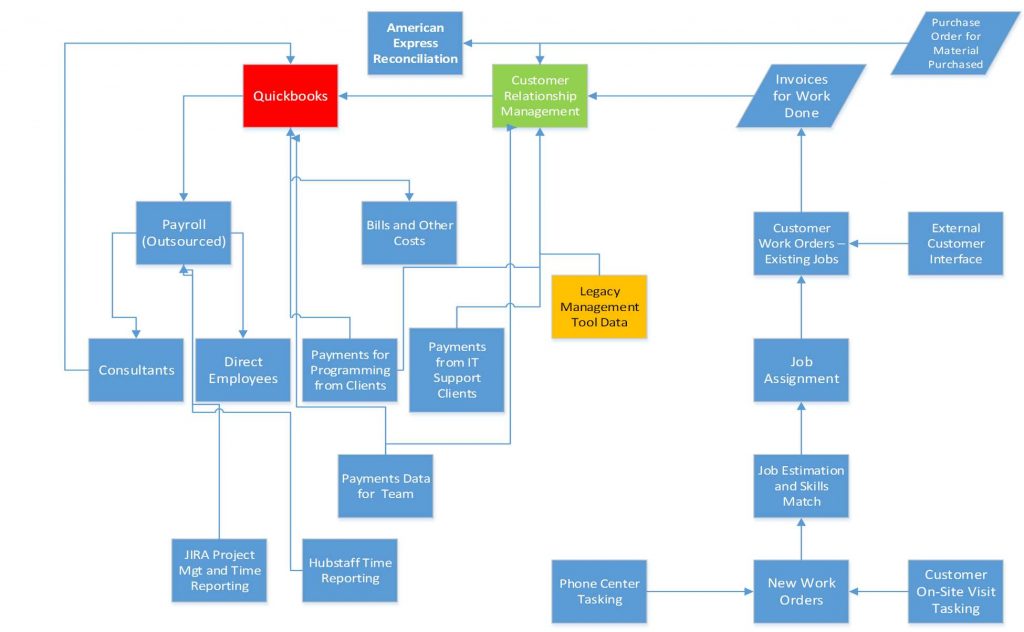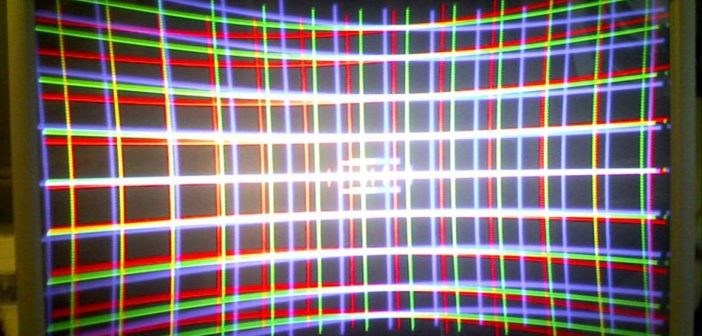In my last post, I talked about the small business and its role in becoming a digitally mature organization. That was all about the thought processes and mindset of the corporation in creating a culture that is accepting of change in a process-driven, customer oriented, analytical data environment. Many of those concepts and ideas are difficult for a business still in its startup phase or recently graduated to a more stable phase of existence.
In that environment, the owner is the corporate leader and champion of change. Most times, there is no one else with either authority or responsibility. Technological convergence, on the other hand. It used to be hard enough when we called it system integration when you piled all your technical hardware and software solutions in a stack and made them all able to talk to each other and share information. Yeah, easier said than done. Many a systems engineer has burned out on a career trying to make that happen.
The Case for Convergence
Technological convergence takes into account the velocity of change in technology. New capabilities and features are being born literally every minute that changes the functionality and role of all that software and hardware you’ve already integrated. New versions of each are launched on a refresh cycle of about every 12 – 18 months that totally invalidates your carefully integrated tech stack. For the small business, the case is usually more dire than that. They are usually equipped with a group of solutions that are standalone or partially integrated, and run on outdated hardware. Our case study company looks something like this:

That’s just an initial rendering of what I think is going on with cash and information flow. There are a hundred gaps and lost of missing pieces.
The role call goes something like this:
- JIRA is an open source project management tool. The time reporting function does feed to the outsourced Payroll function. There is no link to the work order development process.
- Hubstaff is a standalone app. It gathers hours charged by the employee but is only used as a validation tool via Excel spreadsheet to develop the inputs to the CRM solution.
- CRM is a native custom app and interfaces to Quickbooks in tracking the customer invoices.
- LabTech (not shown) is a remote network monitoring tool with an elaborate reporting suite but all work orders generating from the customer are hand prepared and fed into the CRM solution to be used for customer invoice generation.
- The curious lack of an HR application should be noted.
Final Thoughts
In any case, the correction of the issues and challenges related to making the company digitally prepared will open the door to addressing the technology convergence needed to automate the corporate business functions which in turn creates more time for the owner and employee principals to pay attention to the customer. It’s a work in progress.




